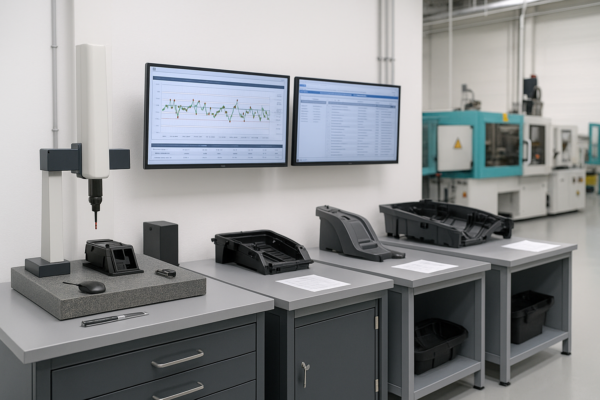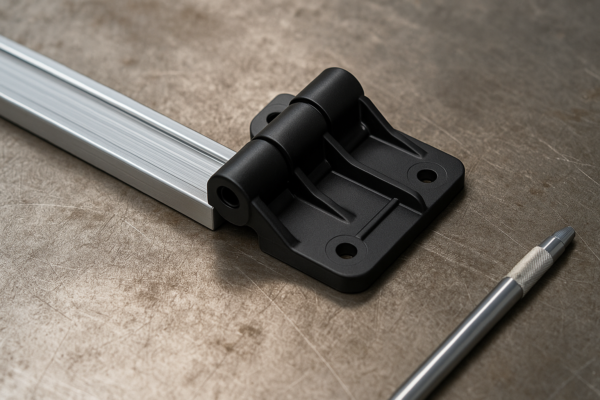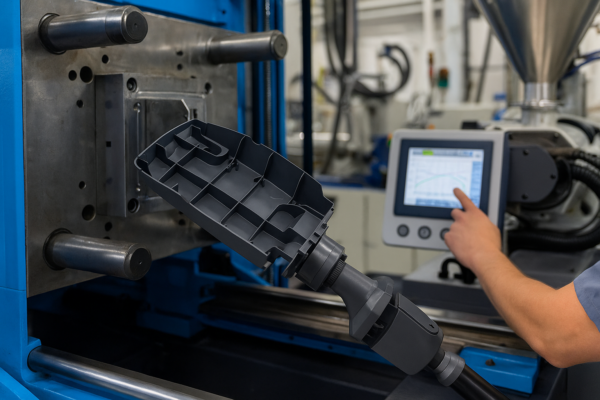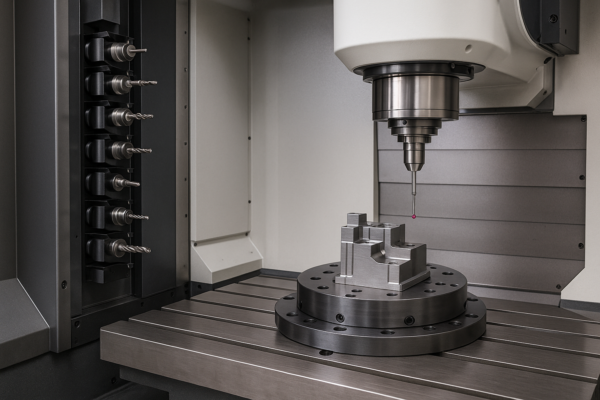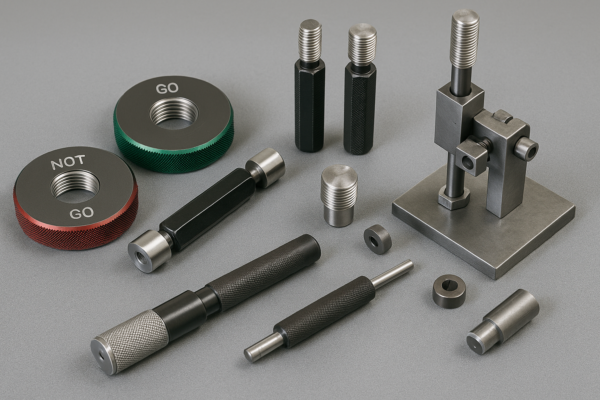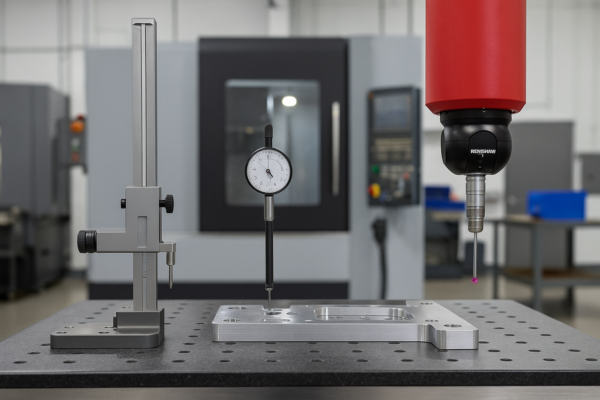Custom Metal Stamping Parts: How to Choose, Design & Ensure Quality?
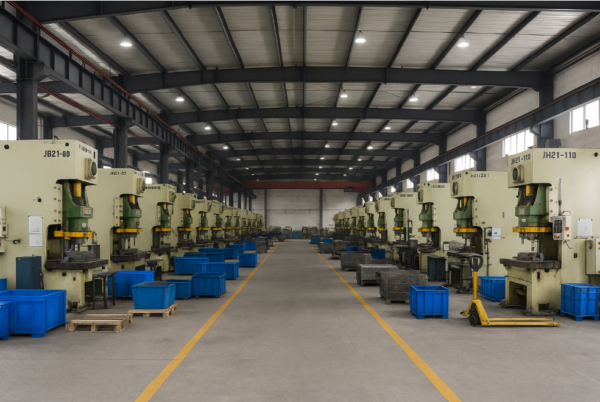
Struggling with inconsistent quality in custom metal stampings1?
Choosing the right metal stamping process2 and supplier ensures reliable performance, fast delivery, and long-term cost savings. Learn what matters.
Many engineers and buyers face delays, poor tolerances, or unclear feedback. With the right approach, you can avoid these issues and find trusted partners1.
We also recommend checking these references for best practices2:
What Is Progressive Die Stamping & Why It Matters for Custom Parts?

Many buyers don’t understand which stamping method fits their project. Wrong choices increase costs or reduce strength.
Progressive die stamping1 uses a series of stages to form complex parts quickly. It’s ideal for medium to high-volume orders2 requiring precision.
Transitioning from one-off presses to progressive dies reduces per-piece time. You also reduce human error.
Why Progressive Dies Work Better
When I source metal parts, I choose progressive die stamping1 for complex shapes. It reduces labor and tooling time2. It also helps control repeatability. The process uses a continuous strip of metal. Each station performs one step of the operation. This reduces errors.
Let me explain more with this breakdown:
| Feature | Progressive Die Stamping | Single Stage Stamping |
|---|---|---|
| Tooling Cost (Initial) | Higher | Lower |
| Per‑Part Cost (High Volume)1 | Lower | Higher |
| Precision | Excellent | Moderate |
| Suitable for Complex Parts | Yes | No |
| Production Speed2 | Fast | Slower |
For deeper insight, check out Practical Machinist forum discussing die design.
At Prime, we operate 10 stamping lines with ISO‑certified tools. This ensures that even your most precise designs will be reliably produced. We often reference ISO/TS 16949 for automotive stamping suites.
Top Materials Used in Metal Stamping Parts and Their Applications?
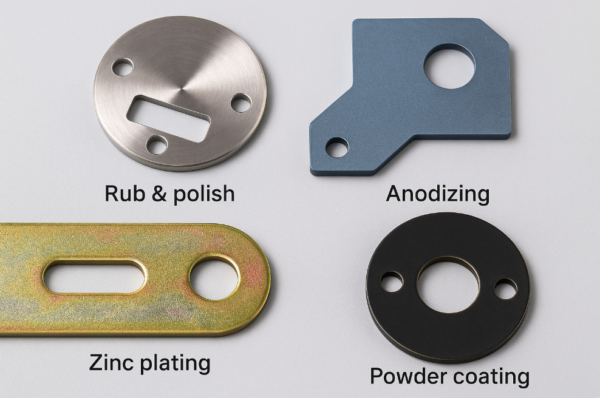
Picking the wrong material ruins strength, finish, or performance. Many buyers ignore this until it’s too late.
Common stamping materials1 include carbon steel2, stainless steel, brass, aluminum, and copper. Each suits different loads, tolerances, and corrosion levels.
Material Selection Matters More Than You Think
Material selection shapes both the durability and the cost of your final part. I learned this while sourcing for an automotive client. Their initial supplier used the wrong stainless steel grade1. The part failed under heat.
To avoid this, here’s how we select materials at Prime:
| Material | Key Properties | Common Applications |
|---|---|---|
| Carbon Steel | Strong, cheap, weldable | Automotive, structural parts |
| Stainless | Corrosion-resistant1, clean finish | Medical, food, marine hardware |
| Brass | Conductive, corrosion-resistant | Electrical connectors |
| Aluminum | Lightweight, rust-free | Aerospace, lightweight enclosures |
| Copper | Excellent conductivity2 | Electrical and thermal systems |
For standards, check ASTM material specifications and SAE steel grades.
We advise our customers to think not just about price. Consider operating conditions. Does it need rust resistance1? Or heat tolerance2? We test and suggest accordingly.
Design for Manufacturability: Tips for High‑Quality Stamping?

Complex designs may look impressive but often increase failure rates or costs during stamping.
Designs with uniform thickness1, generous radii, and consistent hole patterns produce better stamping results. Minimize tight tolerances2 where not needed.
How Smart Designs Lower Risk and Cost
In my early projects, I worked with buyers who added too many tight tolerances1. We had to reject half of the lot. Later, we adjusted the drawings. With just small design tweaks, rejection rate2 dropped by 80%.
Here’s how I help our clients now:
Key Design Tips
- Keep uniform wall thickness1
- Avoid sharp internal corners2
- Use gradual bends instead of sudden ones
- Standardize hole sizes where possible
- Include tolerance stack‑up checks
| Design Element | Good Practice | Common Mistake |
|---|---|---|
| Corner Radius1 | Use large radius (≥ material thick) | Sharp corners cause cracks |
| Hole‑to‑Edge Spacing | ≥ 2× material thickness | Holes too close lead to tearing |
| Bending Direction2 | Match grain flow where possible | Opposing grain can weaken bends |
For more details, see DFMA Design Guide.
At Prime, we support DFM reviews1 before production. You send CAD files2, and we’ll suggest improvements to reduce cost and boost consistency.
Inspection & Quality Control: How to Ensure Reliable Stampings?
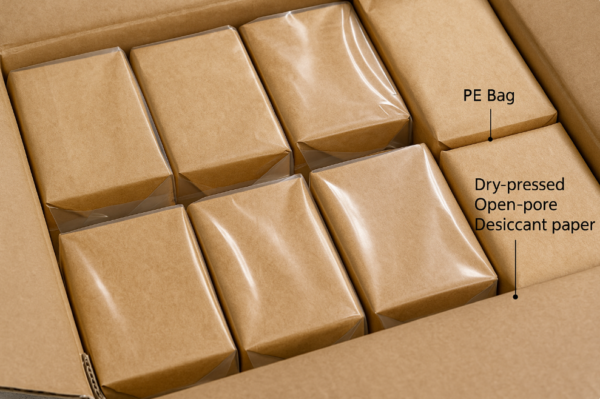
Without clear quality checks, many buyers receive flawed parts. These are often discovered too late.
Essential quality checks include dimensional inspection1, hardness testing, coating verification, and packaging review. ISO‑certified workflows2 help track every step.
What Makes Quality Control Truly Reliable
I’ve dealt with parts showing burrs or wrong dimensions. These failures mostly happen due to poor in‑process controls1. At Prime, we focus heavily on quality management2.
Quality Control Steps We Take
- Incoming Material Testing1 – Verify chemical content and hardness
- In‑Process Spot Checks – Random dimensional checks every hour
- Final QA Check2 – Visual + dimensional + packaging review
- Certification Issued – Reports shared with every shipment
- Packaging Integrity Test – Drop test and moisture check before sealing
| Inspection Item | Method Used | Frequency |
|---|---|---|
| Dimensions | Caliper, CMM | Hourly during production |
| Surface Finish1 | Visual, gloss meter | Final check |
| Coating Thickness2 | Micron tester | Spot test per batch |
| Burrs and Defects | Manual, visual | Final check |
| Packaging | Drop test, sealing test | Before dispatch |
These controls ensure every part meets your specs. We welcome third‑party inspections. We often host SGS, TUV, or customer teams at our site. For more info, see SGS Inspection Services and TUV Rheinland.
Why Choose Prime for Metal Stamping Services?
- Over 20 years in industrial parts processing
- 10 production lines, ISO‑certified for consistent quality1
- One‑stop service: stamping, CNC, casting, welding, plastic2
- Rapid flexibility for custom orders
- Strict packaging per export standards
- Serving clients across North America, Europe, Middle East, Australia
You can verify our credibility via Alibaba supplier profile, or by visiting Global Sources.
FAQs
Q1: What is the minimum order quantity (MOQ)?
A: Our standard MOQ is 500 parts per style. We offer lower MOQ for prototypes.
Q2: Can Prime process small parts (≤10 g)?
A: Yes. Our progressive and fine‑blanking tools handle parts under 10g with tight tolerances.
Q3: Do you supply material certificates?
A: We provide full material test reports (MTR) with each batch.
Q4: Can you support PPAP for automotive?
A: Yes. We support PPAP level 3 and complete submission packages.
Q5: What lead time should we expect?
A: Typical turnaround is 3–5 weeks after tooling approval. Rush service is available.
For more FAQs, see Stack Exchange Engineering.
Conclusion
Choosing smart designs, the right stamping process, and certified QC ensures reliable, cost-effective results.
Ready for guaranteed precision and fast delivery?
Visit us: https://primecustomparts.com/
Email us: [email protected]
Contact Prime now for free drawings review, expert quote, and DFM advice. We guarantee fast delivery and stable quality.
-
Understanding ISO certification can help you appreciate the quality assurance processes that ensure reliable industrial parts. ↩ ↩ ↩ ↩ ↩ ↩ ↩ ↩ ↩ ↩ ↩ ↩ ↩ ↩ ↩ ↩ ↩ ↩ ↩
-
Exploring the advantages of one-stop services can reveal how they streamline production and reduce costs for businesses. ↩ ↩ ↩ ↩ ↩ ↩ ↩ ↩ ↩ ↩ ↩ ↩ ↩ ↩ ↩ ↩ ↩ ↩

